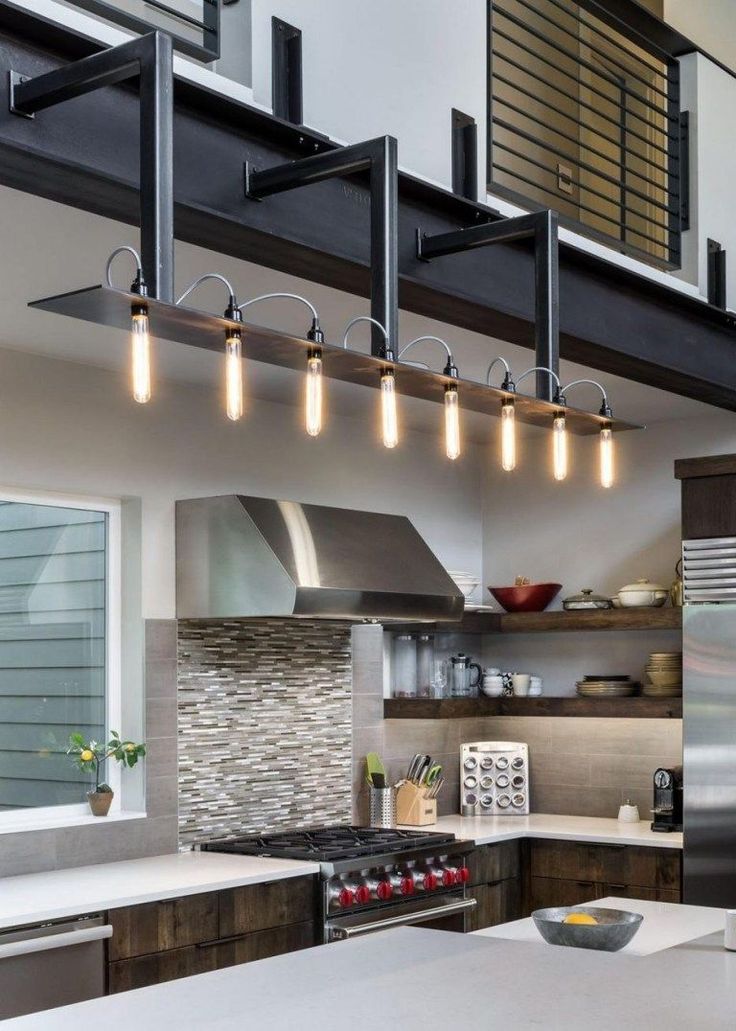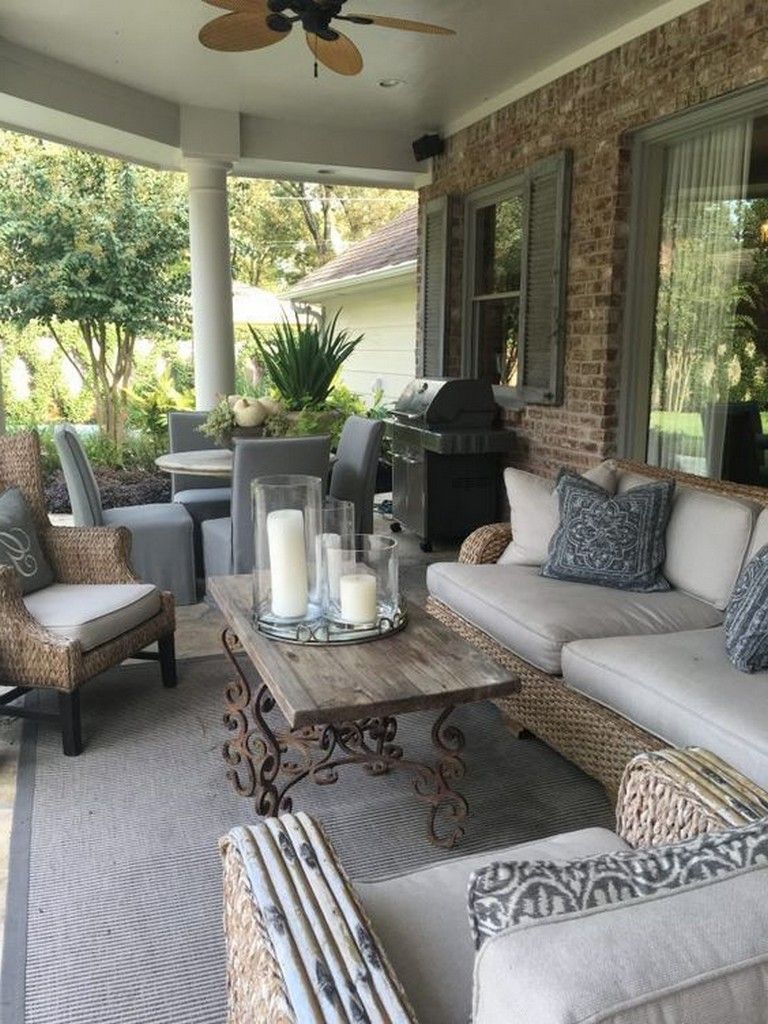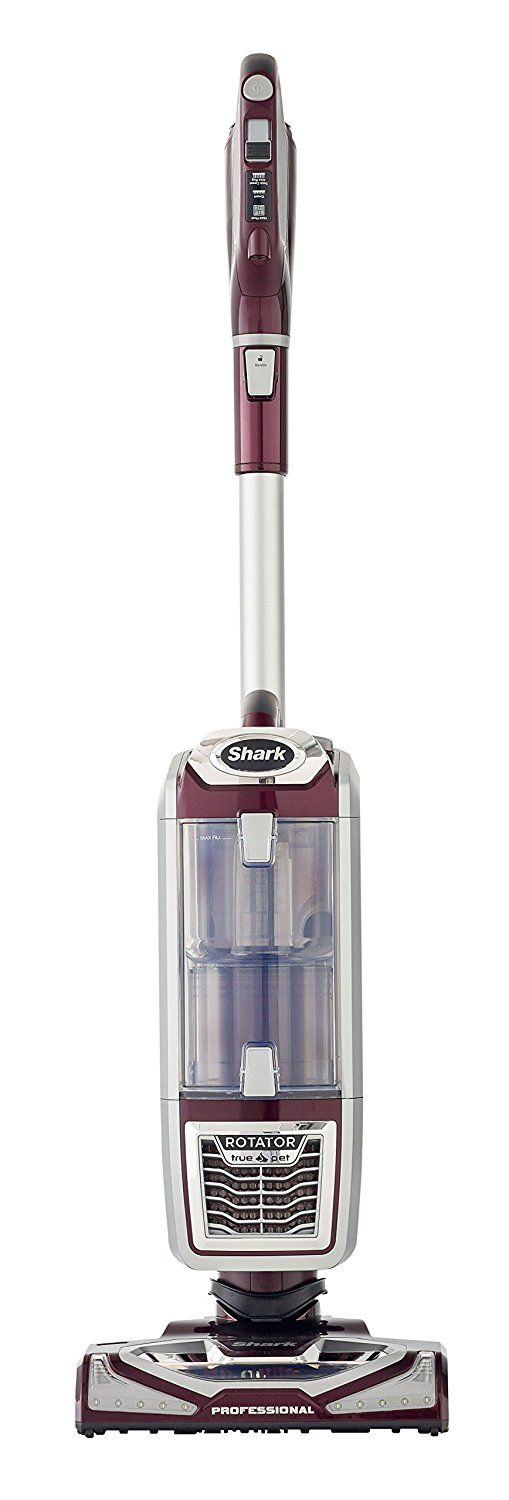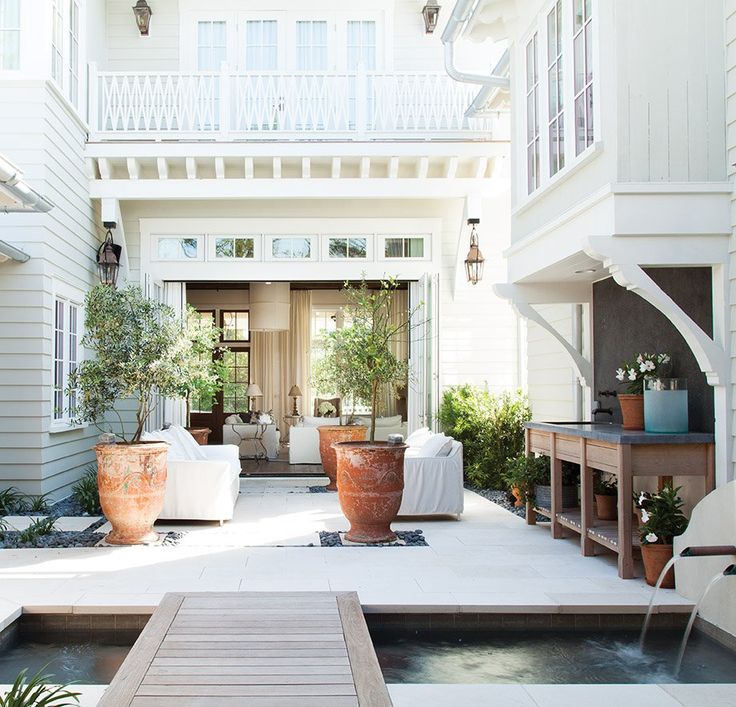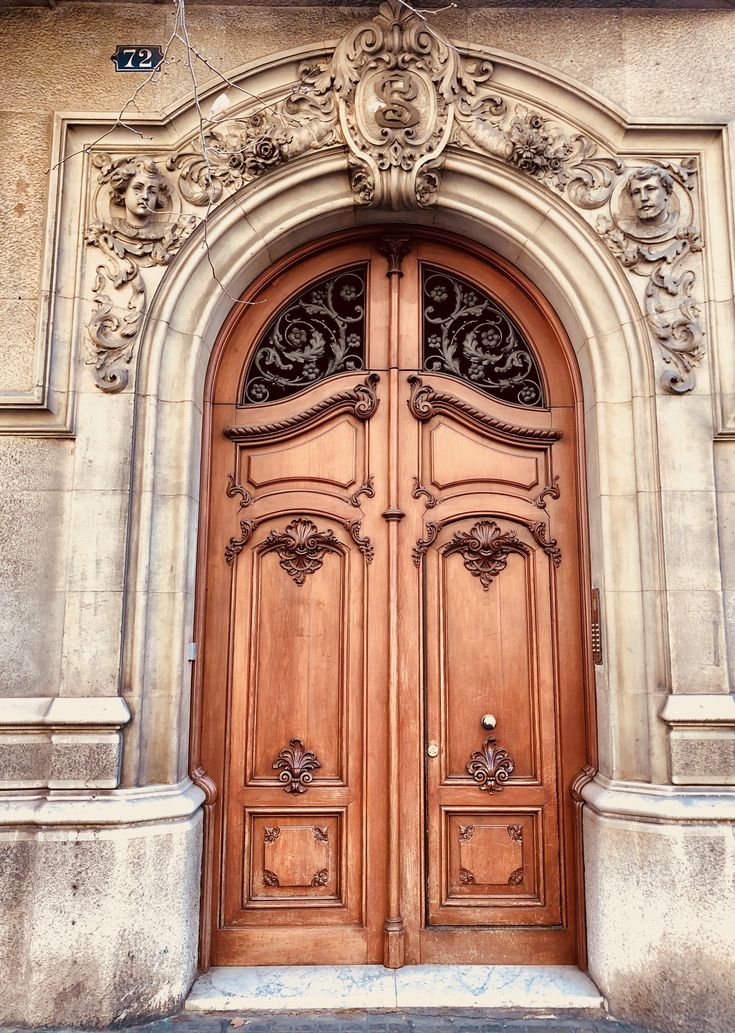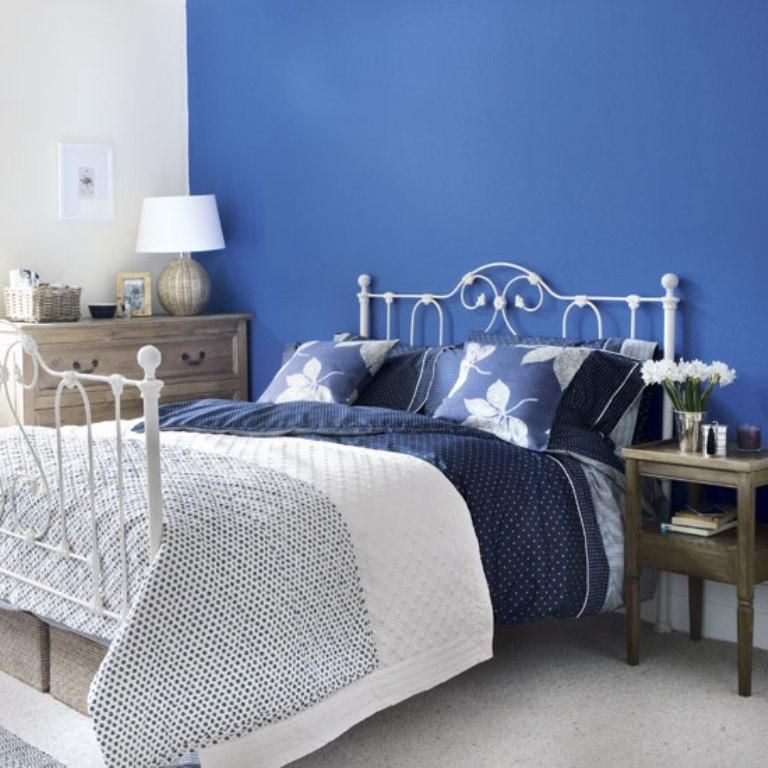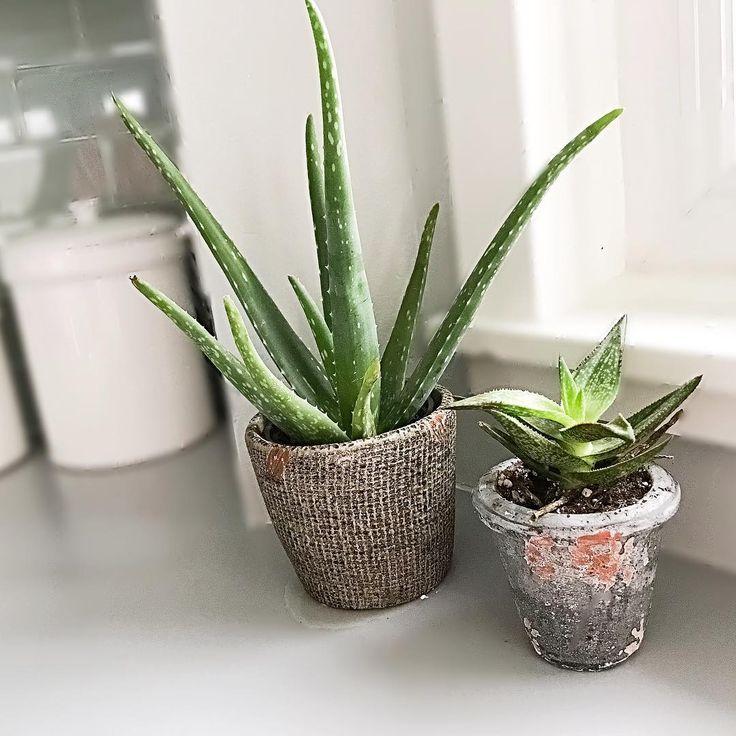How to plan lighting for a kitchen
Lighting Guide: 7 Golden Rules to Plan & Light Your Kitchen
Photo credit: Mélanie Elliott
Lighting is an essential factor in creating a relaxing atmosphere, making the kitchen the ultimate place to relax, enjoy a drink, prepare meals, do homework, play board games or simply take the time to read a good book.
During this isolation period, we are spending more time indoors (and spending more time surrounded by artificial light). It is therefore all the more important to ensure that the lighting in our homes has a positive effect on our stress level and our general well-being.
To help you optimize this aspect that often gets overlooked, we interviewed Maude Rondeau, president of Luminaire Authentik, to get her best tips for creating a cozy atmosphere in the kitchen.
The golden rules
Here are 7 golden rules that we always follow when designing lighting plans for our clients. To illustrate these rules, let’s take the example of this lighting plan which was recently created by our designer Bianca.
Always place lighting 12 inches in front of tall elevations. This will ensure adequate lighting inside your cabinets, while highlighting materials such as wood. Example: on this lighting plan, the fridge and the pantry located in the lower right corner represent high elevations.
Don’t forget to add lighting under your cabinets! Example: on this lighting plan, LED light strips have been installed under the cabinets to appropriately illuminate the work surfaces.
Always install lighting in the centre of the island. Example: on this lighting plan, we can see 3 lights above the island; the central light is located in the very centre of the island (both horizontally and vertically) and serves as a guide for the other two lights, which are placed at equal distance from this central light.

Watch out for joists! Make sure you know your ceilings before you start planning your lighting. Since it’s not possible to install recessed lights on joists, you will be able to adjust your plan accordingly.
Multiply the light sources. These four types of lighting should be favoured in the kitchen: ambient lighting, task lighting, accent lighting and decorative lighting. The addition of several light sources will meet these four needs while creating a soothing and inviting atmosphere.
Direct the lights towards the work areas (cooking area, cleaning area and food preparation area). Example: on this lighting plan, there are suspended lights above the island (food preparation area and cleaning area), an illuminated hood (cooking area), as well as LED light strips for the other work areas. In the walk-in pantry, LED light strips will illuminate the contents of the shelves.
When there are cabinets above the counter, align the lighting with the edge of the counter.
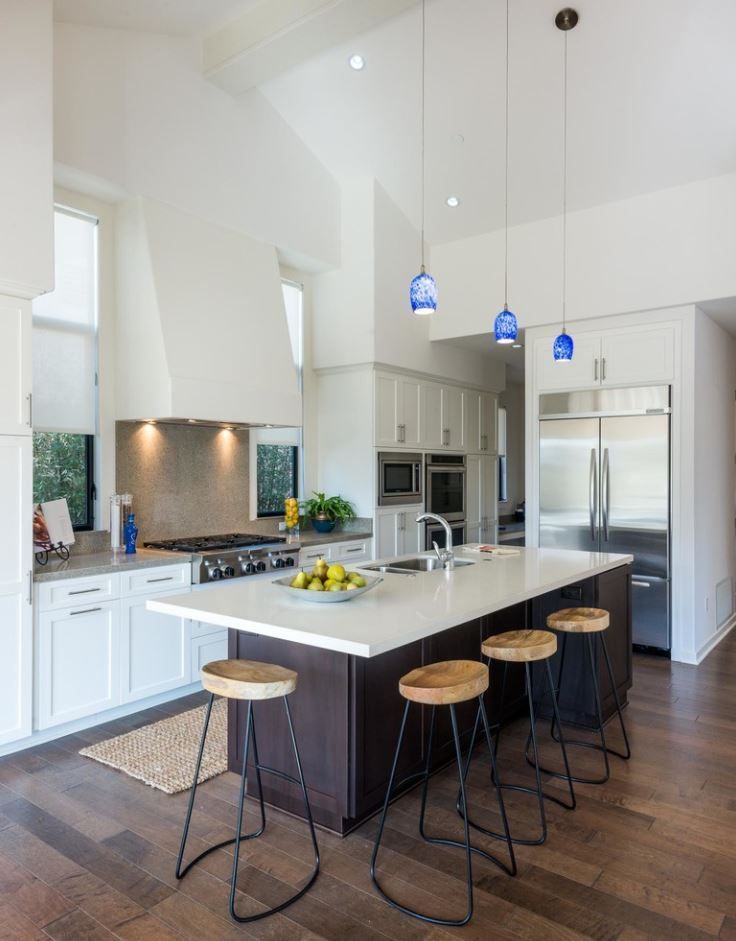 If there are no cabinets, it is possible to align the lighting in the centre of the counter. Example: on this lighting plan, the lighting in the pantry is aligned with the edge of the counter.
If there are no cabinets, it is possible to align the lighting in the centre of the counter. Example: on this lighting plan, the lighting in the pantry is aligned with the edge of the counter.
The main types of lighting to use in the kitchen
Before you begin, we suggest that you define your needs by dividing your lighting planning into four sections: ambient lighting, task lighting, accent lighting, and decorative lighting.
Ambient
Let’s start with an essential: ambient lighting!
“We often suggest mixing functionality and design to create a temperature, choosing recessed lights for direct lighting and linear models with glass balls for more diffused lighting. Above the island, suspensions will provide warmer lighting in the kitchen,” says Maude.
Mixing lights is key. “Using only recessed lights would make the atmosphere cold and clinical, but recessed lights work well with other types of lights. So always think about the function while aiming to create an atmosphere,” adds Maude.
In order to create an atmosphere in the kitchen, we suggest that you treat this room as if it were part of the living room. It will then integrate harmoniously with the other rooms in the house.
Task
Task lighting refers to the lighting in the cooking area, the cleaning area and the food preparation area. Precise lighting directed towards these areas will allow you to work safely while reducing eye strain. LED light strips under the cupboards, recessed lights in the pantry or above the island and hanging lights are all great options to provide adequate lighting for these areas.
When planning your lighting, make sure that the light that will illuminate your worktop will not be positioned behind you. Instead, opt for ceiling lighting; thus, you will avoid creating shadows in front of you.
Task lighting: our favourite lamp
Our founder Brigitte fell in love with the Tolomeo work lamps by Artemide, which she hangs on her counter to light up her work plan when she’s cooking—and to create a relaxing atmosphere when she’s not!
Accent
Project by Cuisines Steam including illuminated niches that display the owners’ travel memories.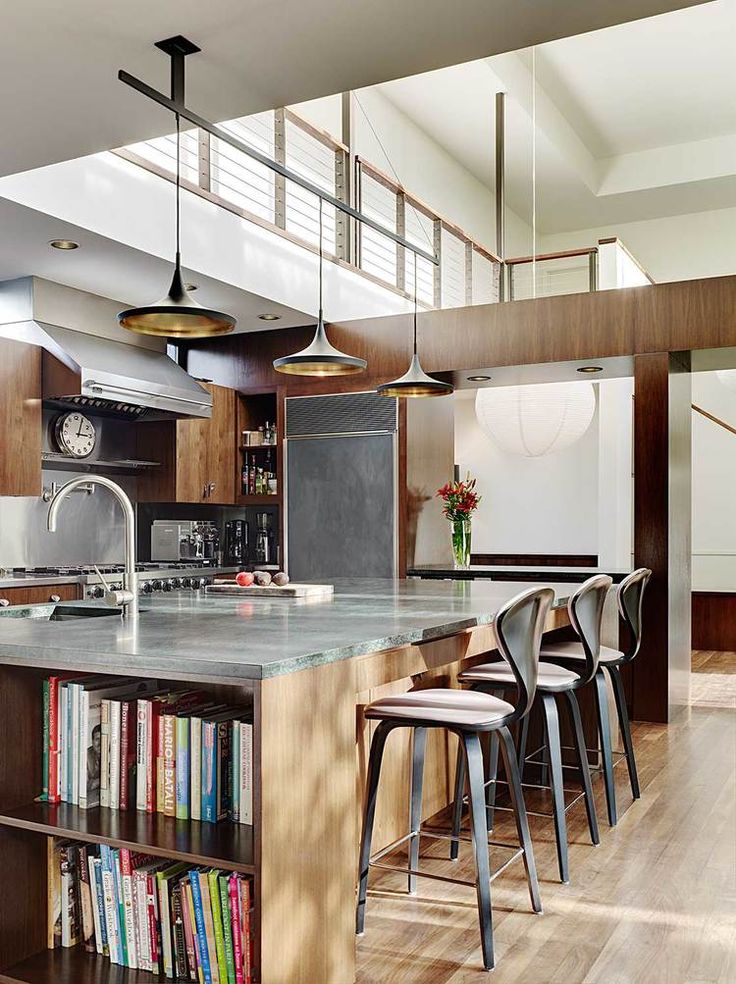 Photo credit: Mélanie Elliott.
Photo credit: Mélanie Elliott.
Accent lighting is commonly used to direct attention to certain objects, such as works of art and collectibles. To do this, we suggest that you opt for wall lights or track lighting. In addition, if you have a glass cupboard, you can add a light inside to illuminate the contents.
This type of lighting can also be used to highlight certain features of the space. For example, our designers often use lighting to enhance certain materials, such as solid wood, or to add depth and dimension to kitchen niches.
Decorative
Project by Cuisines Steam in collaboration with Alexandre Lafleur, featuring a Luminaire Authentik light fixture. Photo credit: Mélanie Elliott.
Decorative lighting is often used in Steam kitchens to complete the look of the room. To choose the right decorative lighting, be sure to select a light that complements your space, but does not dominate it.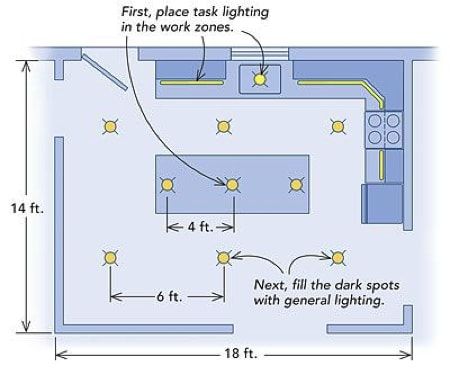
When it comes to kitchen island lighting, Maude always recommends using an odd number of pendant lights. As a general rule, it is also suggested to install the lights 30 to 36 inches above a counter (distance between the top of the counter and the base of the light).
Two elements that are often forgotten according to Maude
Dimmers
Opt for dimmable lights to vary the light intensity depending on the occasion—for example, by opting for a soft light to create a relaxing and cozy atmosphere during gatherings with family and friends, or by adjusting the brightness according to the seasons.
Kelvin colour temperature
The Kelvin scale is an essential tool for choosing a colour temperature. A lower Kelvin degree = warmer light, while a higher Kelvin degree = cooler light. For a warm atmosphere, we suggest that you opt for a Kelvin degree between 2500 K and 3000 K.
Locally-made lighting: our 5 favourites
Are you currently looking for lighting for your space? Here are 4 Quebec brands to discover!
Luminaire Authentik
Luminaire Authentik is a company from West Brome that designs and manufactures Scandinavian-inspired fixtures.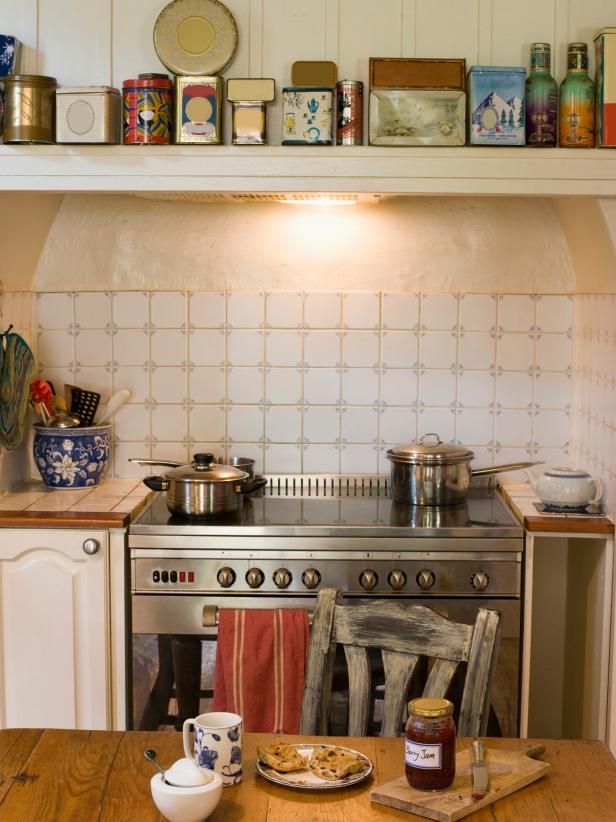 From its workshop, the company has worked on impressive projects for the Montreal Museum of Fine Arts, Ubisoft, WeWork and several hotels such as the Fairmont The Queen Elizabeth. Click here to visit their online store!
From its workshop, the company has worked on impressive projects for the Montreal Museum of Fine Arts, Ubisoft, WeWork and several hotels such as the Fairmont The Queen Elizabeth. Click here to visit their online store!
HAMSTER
HAMSTER designs and manufactures light fixtures in Villeray—and even offers a consultation service for your custom projects! Click here to discover the lights from their classic collection, available in several heights and in two colours (brass and matte black).
Photo credit: HAMSTER
Lambert & Fils
Lambert & Fils is a Montreal-based design studio specializing in handcrafted lamps and lighting, drawing inspiration from various elements: linear suspensions (Mile collection), circles and spheres (Laurent collection), curved lines (Beaubien collection), geometric compositions combined with the rich texture of brass (Dot collection) and glass panels (Sainte Atelier collection).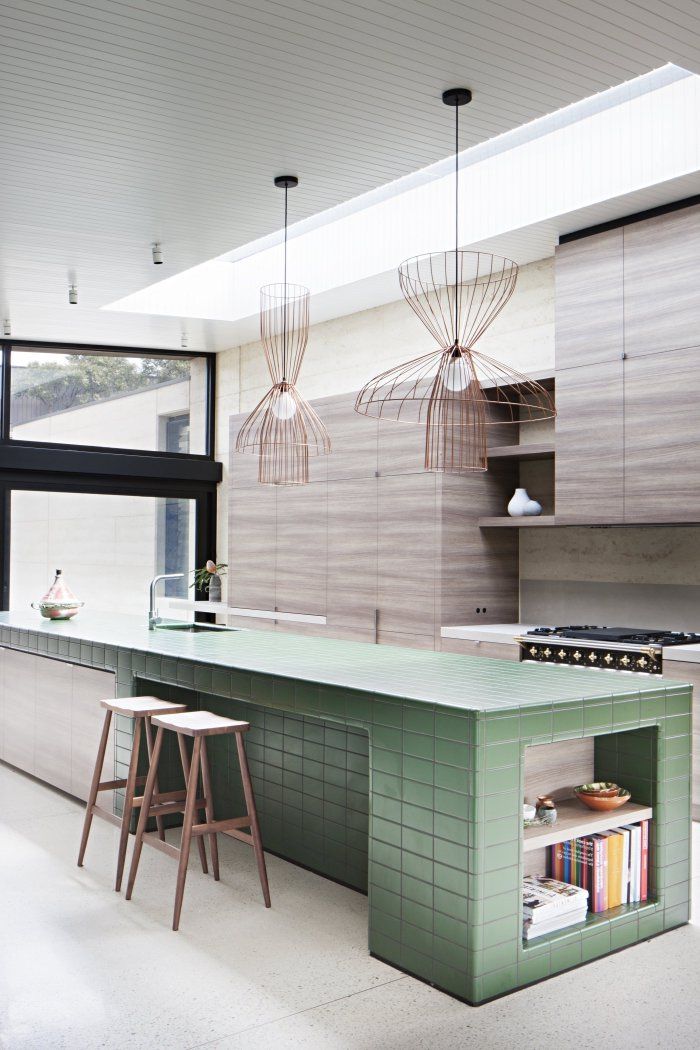
Photo credit: Lambert & Fils
D’Armes
D’Armes designs unique high-quality lighting under 3 collections: the Cé series, composed of elegant fringed light fixtures, the Ra series, composed of reinvented neon lights, and the Hartau series, composed of classic light fixtures that surprise with their lines and their details.
Photo credit: D’Armes
TipsFrédérique Michelkitchen, lighting, localComment
0 LikesTips for designing a kitchen lighting layout |
Homes & Gardens is supported by its audience. When you purchase through links on our site, we may earn an affiliate commission. Here’s why you can trust us.
(Image credit: Caesarstone)
It is important to start thinking about how to plan kitchen lighting as early as possible in your kitchen design process.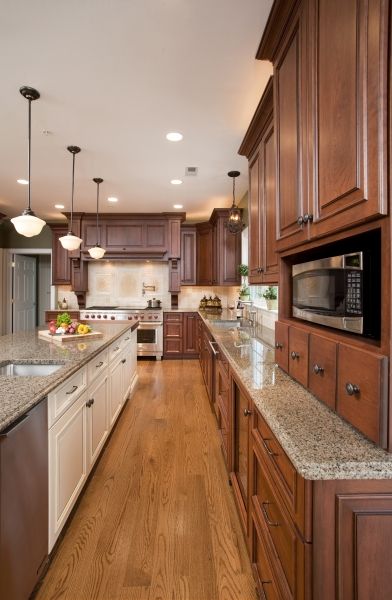
The kitchen is the ultimate multi-tasking room in the home – a space to prepare food, entertain and (these days) work from home. The right kitchen lighting layout should allow the kitchen to flow seamlessly through each of these roles.
Good kitchen lighting ideas will offer different levels of brightness and be able to alter the mood and feel of the room. Lighting schemes can make a space feel larger or cozier with a combination of well-placed task and mood lighting.
'Lighting is an extremely important element of a kitchen's design,' explains Daniel Bowler, Director of Eggersmann UK . 'Yet it is often something that gets left until last. Including it as part of the early planning process if you are redesigning your kitchen will give a much more effective result.'
How to plan kitchen lighting
When thinking about how to plan a kitchen lighting scheme, you need to ensure it includes three types of lighting: task, accent and ambient.
Task lighting is the brightest and used to illuminate work areas, while ambient is softer.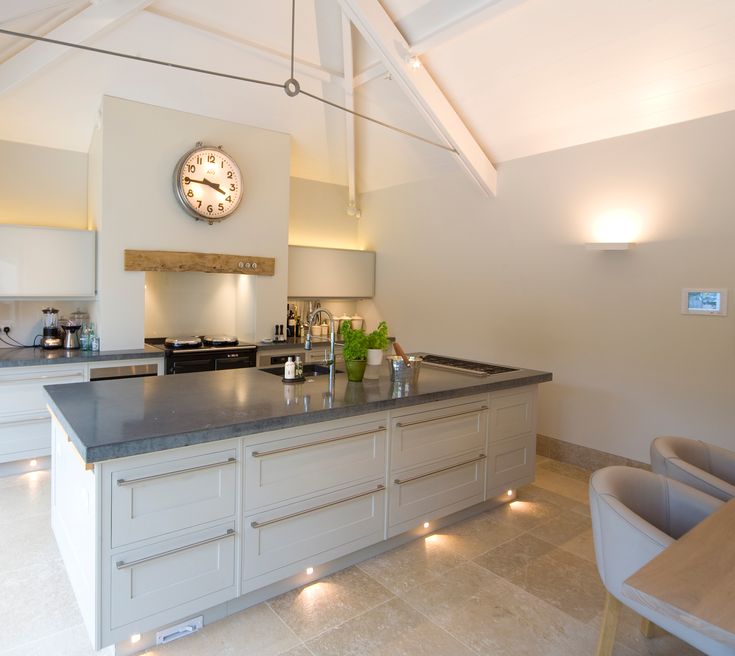 Accent lighting, also sometimes called feature lighting, refers to the visual interest it adds to a kitchen, either through the fitting itself or the light it emits.
Accent lighting, also sometimes called feature lighting, refers to the visual interest it adds to a kitchen, either through the fitting itself or the light it emits.
(Image credit: Harvey Jones)
When choosing kitchen lighting and planning your layout, always start with task lighting.
'The first thing to consider is where in the kitchen needs to be particularly well lit,' explains Daniel Bowler. Most working areas, such as countertops and the cooker, will need to be fitted with functional task lighting.
After establishing this foundation, think about how you want the kitchen to look when you are not cooking. When planning your ambient lighting consider how much natural light there is in the kitchen and the mood you want to create. For multi-functional kitchens, it is worth considering dimmer switches to alter the brightness.
Finally, add another layer of visual interest to your lighting scheme with accent lighting. Accent lighting guides the eye, so consider any areas of the kitchen decor you would like to highlight.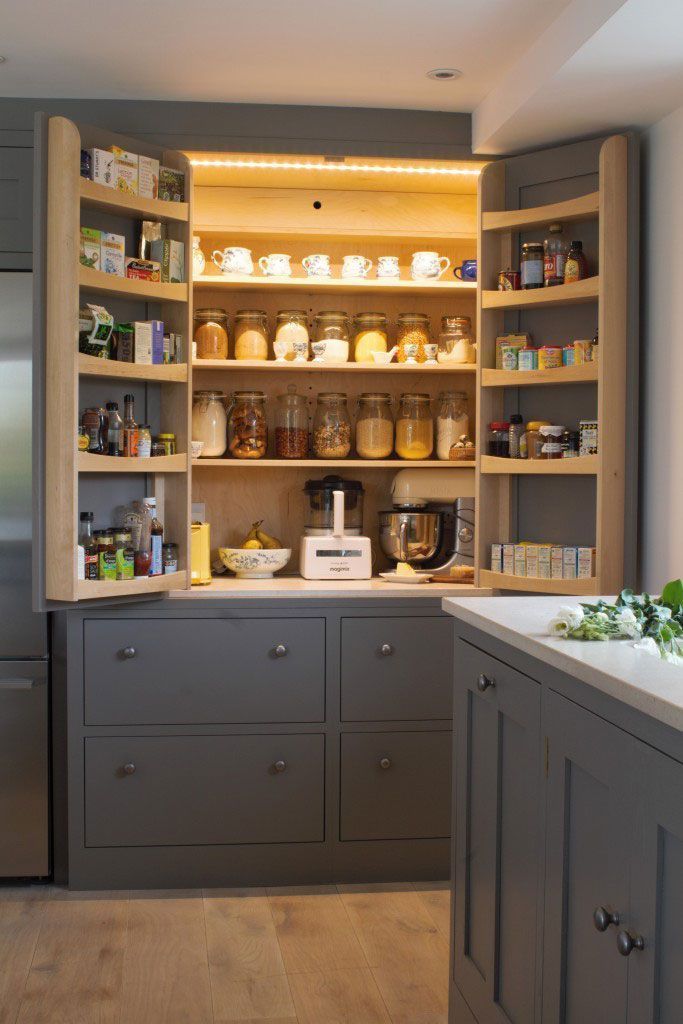
(Image credit: Life Kitchens)
What type of lighting is best for kitchens?
Task lighting is an essential part of any kitchen, commonly integrated into wall cabinets or above working areas. There are lots of variations of task lighting to choose from.
Small, compact fluorescent lighting can be slipped into the recess in the bottom of an overhead unit.
LED lighting can be fitted under cabinets or in drawers, pantry units and other kitchen storage solutions. Ceiling mounted lights with directional spots or pendant lights will also work as long as they create a focused beam of light.
(Image credit: Harvey Jones)
Ambient lighting needs to give off a soft, diffused glow. This can be achieved with a ceiling-mounted lighting fixture, recessed lights, kitchen wall lighting or washers.
Recessed lights, flush mounts and semi-flush mount ceiling lights are useful when thinking of small kitchen ideas because they don't take up too much room.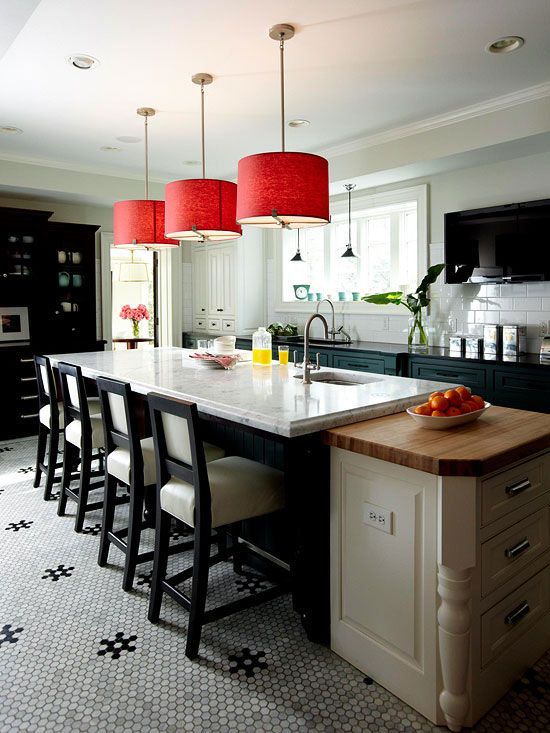 High ceilings will benefit from uplighters on top of the kitchen cabinets to enhance the general light.
High ceilings will benefit from uplighters on top of the kitchen cabinets to enhance the general light.
'To create a warm atmosphere in the evening, choose lights that can be transitioned from cool to warm,' recommends Graeme Smith, Head of Retail and Commercial Design at Life Kitchens . 'Offering versatility, the adjustable tone means that it can be cool when cooking and warm when dining or entertaining.'
(Image credit: Future)
Accent lighting can come in many different forms. It can refer to a statement floor lamp used to illuminate a corner of the kitchen, or LEDs built into the plinth of a central island to make it appear as if it is floating. It can also be used as backlighting to add to the aesthetic of the kitchen.
(Image credit: Davide Lovatti/Future PLC)
How do you calculate kitchen lighting?
To calculate how much light your kitchen needs, you need to talk in terms of lumens. Lumens refer to brightness levels. How bright your kitchen lights need to be will depend on what you are using your kitchen for and how many lights you have.
How bright your kitchen lights need to be will depend on what you are using your kitchen for and how many lights you have.
To work this out, multiply the kitchen floor area in square feet by the foot-candle (light intensity) needed. So if your kitchen is 100 square feet, which will need between 10 and 20 foot-candles, you will need 1,000 to 2,000 lumens. Bulbs deliver a certain number of lumens, so you can work out how many bulbs you need by dividing the number of lumens by the number of lumens each bulb delivers.
Happily, a good lighting designer – or experienced interior designer or builder – will be able to advise you on what you need.
'If you have one light, then you need it to be as bright as possible, but again, dimmable,' explains Niki Wright, lighting design expert and founder of Lights & Lamps . 'If you plan your kitchen with various forms of lighting all around, it will be bright enough to work in.'
(Image credit: Life Kitchens)
Where should kitchen lights be placed?
Think about the purpose the light is serving when choosing where to position it in a kitchen.
Task lighting needs to cast light over a countertop, unimpeded. This means that it needs to be positioned to hit the back/center part of the countertop, so that when you are bending or leaning forwards over it – perhaps chopping, mixing or stirring – your shadow is not cast over what you are prepping, but just in front of it, meaning that it is illuminated perfectly.
'Make sure you position spotlights or pendants directly above key areas to ensure the light isn't blocked when you stand at the sink, hob or worktop,' explains Melissa Klink, Head of Design at Harvey Jones .
Accent lighting should be installed around any decor or architectural details you'd like to accentuate. Position the light one to two inches from the back of a shelf to create a backlit effect.
Where you position ambient lighting will depend on the light fitting you have chosen. Flush or semi-flush fittings will usually sit over the kitchen island, or in the center of the ceiling if you don't have one.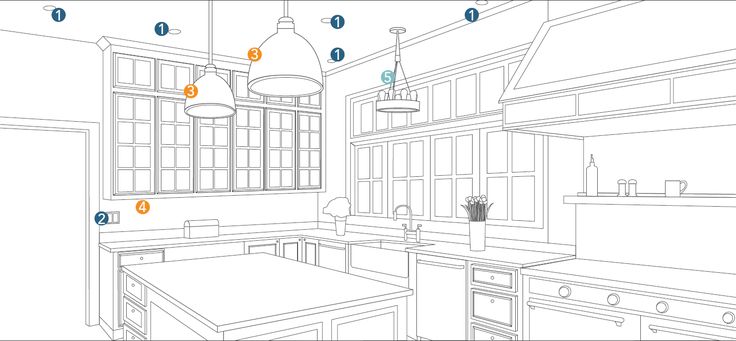
However, recessed lights need to be spaced out across the ceiling and set a few inches back from the front edge of countertops to avoid casting a shadow.
(Image credit: Davide Lovatti/Future PLC)
How should I light a kitchen island?
A row of matching statement pendants are a clever way of lighting your kitchen island. They create an eye-catching feature that will also provide practical task lighting.
However, Niki Wright suggests getting more creative with your kitchen island ideas. 'Think about what a kitchen island is used for. Is it purely prep and cooking or is it used as a dining and social space?' he asks.
'A combination of dimmable recessed downlights alongside a more decorative pendant or even a chandelier can really change the whole feeling of the area.'
(Image credit: Davide Lovatti/Future PLC)
Are LED lights good for a kitchen?
LED lights are a perfect modern kitchen lighting option – more eco-friendly than other types of lighting, they give off little heat and can create a natural daylight feel.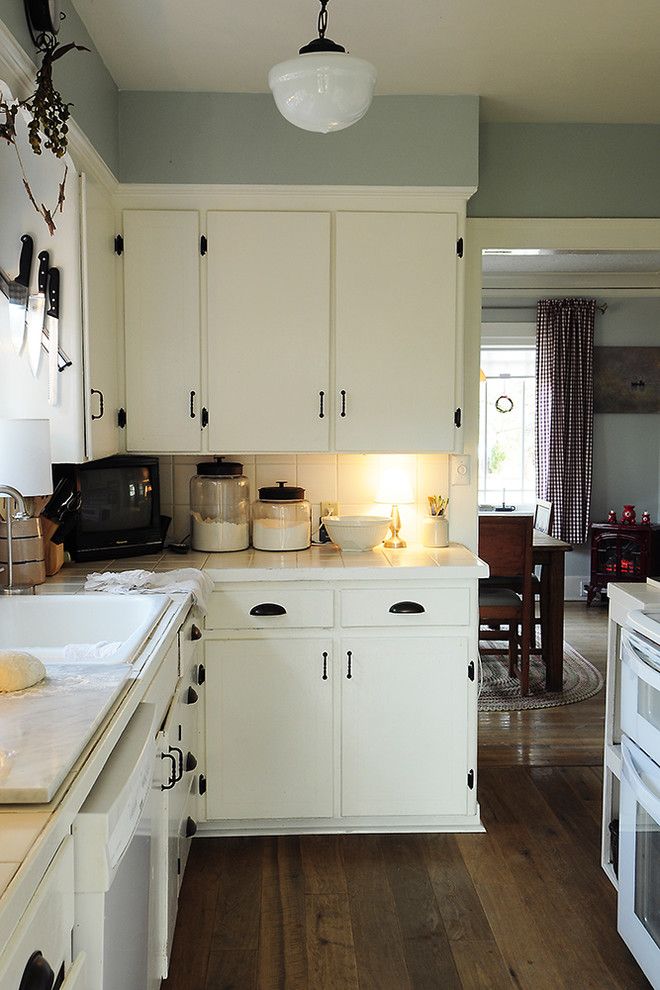
Cool white LED lights are best suited for the kitchen, whether you are using them for task, accent or ambient lighting. To help you pick the correct color, check the Kelvins – a bright or cool white will usually be 4,100 Kelvins.
'In a kitchen, you do not really want to go below 3,000 Kelvins as the light becomes too yellow,' explains Niki. 'But make it dimmable and you can create the right ambience for when the cooking turns to eating.'
Rebecca is the News Editor on Homes and Gardens. She has been working as a homes and interiors journalist for over four years. She first discovered her love of interiors while interning at Harper's Bazaar and Town & Country during my Masters in Magazine Journalism at City, University of London. After graduating she started out as a feature writer for Women's Weekly magazines, before shifting over to online journalism and joining the Ideal Home digital team covering news and features. She is passionate about shopping for well-crafted home decor and sourcing second-hand antique furniture where possible.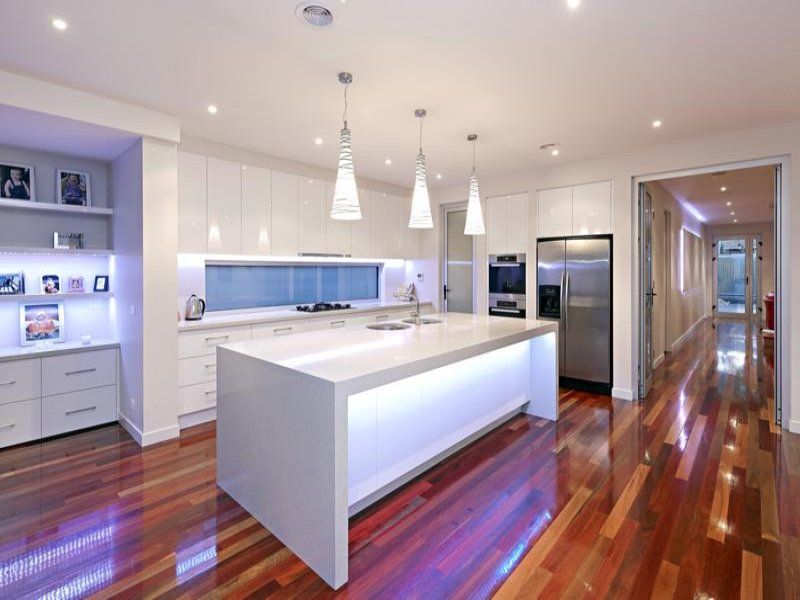
How to make lighting in the kitchen
To make the right lighting in the kitchen, it is not necessary to order an expensive project from designers.
Following certain steps and rules, you will be able to independently calculate the required number of light sources and choose the best option for their combination with each other.
Any lighting in an apartment or house has three main functions:
- light to see - general lighting
- light to see - accent lighting
- light to look at - decorative lighting
Basic lighting in the kitchen - chandelier or spotlights
Let's start with general lighting in the kitchen. The light to see is actually a central ceiling light.
It should evenly fill the entire room with light. How to choose the right lamp or chandelier?
First, locate the electrical outlet under it on the ceiling. Many mistakenly place this lamp exactly in the center, not paying attention to the kitchen set or refrigerator. It is not right.
Many mistakenly place this lamp exactly in the center, not paying attention to the kitchen set or refrigerator. It is not right.
Take your furniture plan and draw a rectangle from the edge of the kitchen unit. Next, find the center and this is where you draw the conclusion for the ceiling lamp.
If the kitchen is narrow or long, then the central chandelier can be replaced with overhead or built-in spotlights.
To do this, also find the center of the ceiling, stepping back from the kitchen unit, and place the lamps along the kitchen furniture.
With a large area of the room and its elongated shape, it is possible to place light sources in two rows.
Which types of luminaires may not be suitable as a main light and why? For example, modern popular models are the so-called track lights moving on rails or tracks.
Although they have a swivel design, plus they move under power to any point, but for kitchens with low ceilings, it is better not to use them.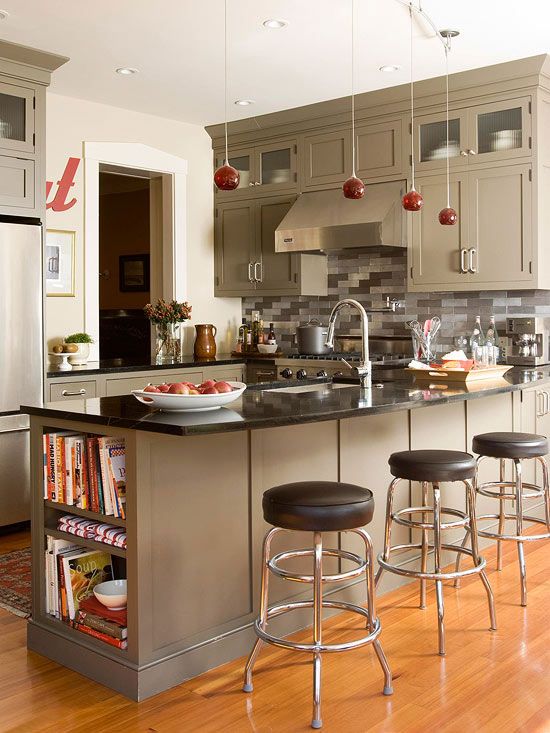
The design will look too bulky and create the feeling of a technical room.
However, in some interiors they look very personal.
For a loft style, it may be suitable, but for other styles, as they say, not for everyone.
Kitchen accent lighting
When you have decided on the conclusions of the main light, you can start designing the location of the accent. That is, the light to see.
Why use accent lighting? To illuminate the kitchen work surface while cooking.
Two lighting levels are best for this purpose. The first level is located on the main ceiling or in a constructed box above the upper cabinets.
These are spot or surface-mounted recessed luminaires. The depth of the upper cabinets of the kitchen is usually 35 cm, and the lower ones - 60 cm.
Therefore, to illuminate the worktop, it is necessary to place the outlet at a distance of 45cm or 47cm from the wall.
Also remember to consider the diameter of the luminaire itself.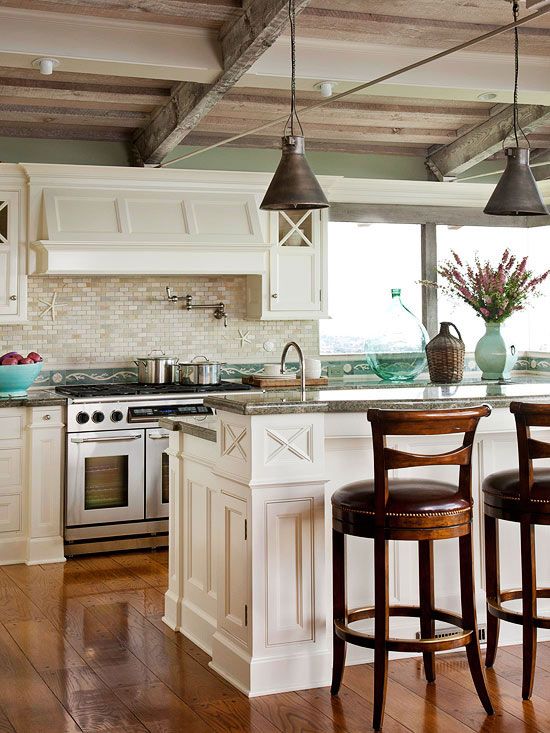 If it is large, then the distance from the wall also increases.
If it is large, then the distance from the wall also increases.
The first level of lighting should not be used if the kitchen is narrow and you have already chosen spotlights as the main lighting.
The second level of accent lighting is located at the bottom of the hanging cabinets. Previously, these were only point light sources, but today LED strips are increasingly being used here.
They are very easy to install. They do not require replacement of light bulbs, and besides, they are hardly noticeable.
Many may have a question, if there is a first level of accent lighting, then why do a second one?
Firstly, it is necessary for people with poor eyesight. Secondly, in many kitchens there are no windows at all and, accordingly, there is not enough light.
And thirdly, the more light in the kitchen, the better. It is unlikely that you have heard complaints that someone has too much light in the kitchen. But more than once faced with a situation where it is sorely lacking.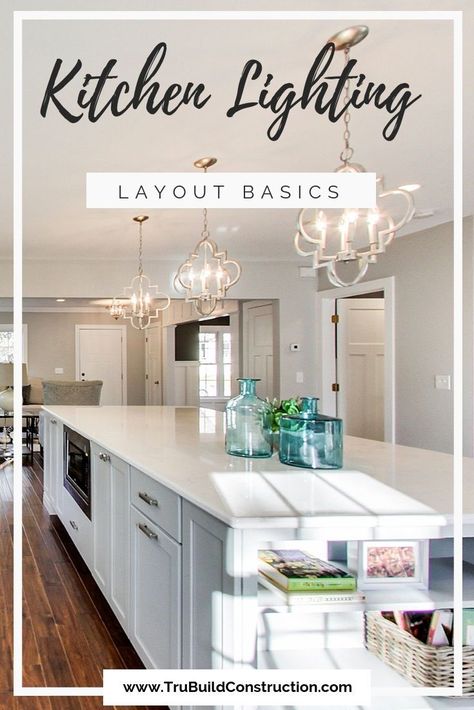
How to correctly calculate the number of light points, and not make mistakes in this matter, trusting various online calculators, read below.
It should be especially noted that it is better to mount the LED strip in a special profile and use a waterproof version.
Location of switches and sockets
The most important thing here is not to forget to make a conclusion for this backlight, at a height of about 160cm from the level of the finished floor, in the place of one of the upper kitchen cabinets.
You can provide a separate switch for this backlight, or use a built-in switch that reacts to movement or touch.
Where to place the sockets in the kitchen in compliance with all distances and norms, you can learn in detail from the article below.
Decorative lighting
This lighting is needed for meals, tea parties, romantic dinners or just a pleasant conversation in the kitchen with your friends or relatives.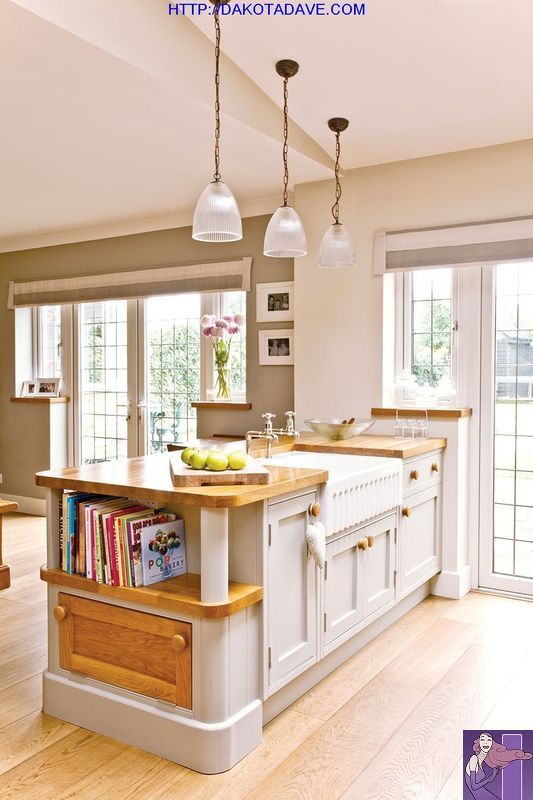
Decorative lighting should be located in the dining area. There are three main options for table lighting:
- pendant lamps on a long wire
They are suitable if the main luminaire is a ceiling luminaire and not a pendant one. Also, if you do not plan to change the location of the table in the future.
Pendant and spotlights are also ideal for placement above the kitchen island.
- table sconces
They will not only illuminate the dining area, but will also serve as wall decor near the table. Sconces are suitable if the dining table is placed close to the wall.
- table lamps
This option requires a console or chest of drawers near the dining table.
Once you have decided on the location and purpose of the fixtures in the kitchen, you need to start choosing the design and characteristics of each light source.
Kitchen lighting selection
What are the rules to follow here? Firstly, the fixtures should be in the same style and preferably made of the same materials and the same colors.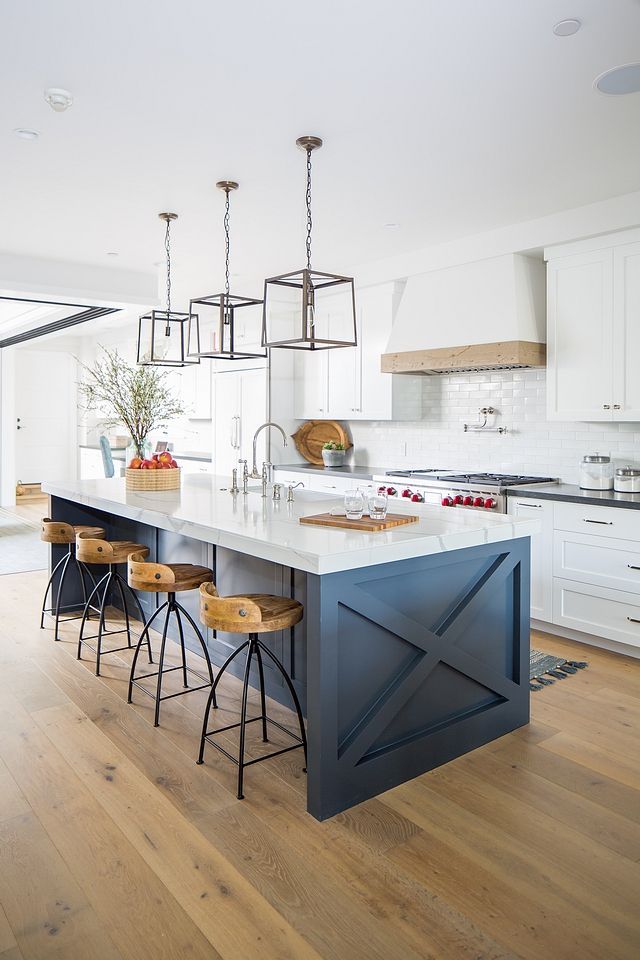
Manufacturers, of course, may differ.
You can take a closer look at the collection options, where chandeliers, sconces, etc. are already included in the kit.
1 of 2
It is better to buy spotlights in a neutral white color so that they merge with the ceiling and do not carry additional decorative load.
Next, you need to find out the parameters of each lamp. First, the area it illuminates.
In order not to calculate on your own, you can always find manufacturers' websites where these parameters are already indicated.
Best of all, when the area of illumination from the chandelier (the main light point) exceeds the area of the entire room.
After that, find out the color temperature of the light sources. It is indicated in kelvins.
This parameter is especially important when buying LED-lamps, where the diodes are already built in and cannot be replaced with others.
For luminaires with replaceable bulbs, adjust the temperature of the bulb itself.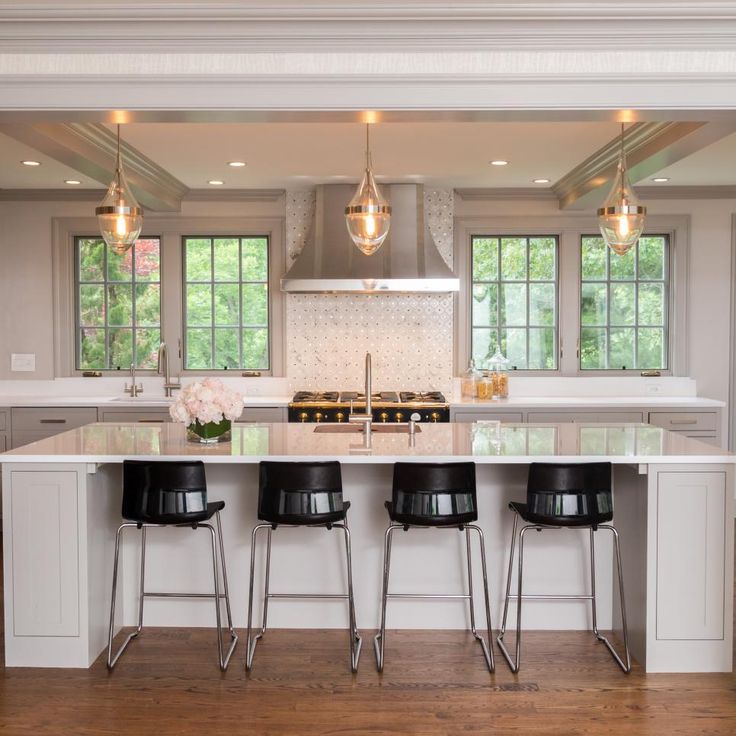
A warm yellowish shade can be used in the kitchen, as well as in the living rooms.
In kelvins, this will be a value from 2500 to 4000K.
The color temperature is also indicated in the parameters on the packaging.
It is highly desirable that all light sources be approximately the same color temperature or their difference does not exceed 500 Kelvin.
Different lighting scenarios in your kitchen, that is, the inclusion of one or another group of lamps, will allow you to visually change the mood and atmosphere of the interior.
Lighting in the kitchen: rules, photos, designer's advice :: Design :: RBC Real Estate
Properly distributed light will not only decorate the kitchen, but also make the cooking process as safe as possible. Understanding what nuances need to be taken into account when lighting the kitchen and why it is so important to separate the working and dining areas But in any kitchen it is important to properly organize the lighting. Even if the room is small or has errors in layout, with the help of lamps you can visually enlarge the space or focus attention on something, but, on the contrary, hide something.
Even if the room is small or has errors in layout, with the help of lamps you can visually enlarge the space or focus attention on something, but, on the contrary, hide something.
- Basic Rules
- Work area lighting
- Dining area lighting
- Decorative lighting
- Small kitchen lighting features
- About the choice of lamps
- Expert commentary
In the kitchen we prepare food and gather with family or friends. Therefore, it is very important to pay attention to the distribution of light. Shredding and frying vegetables, cooking soup or sauce require not only the presence of appropriate surfaces, but also good light - working in a gloomy space will not achieve the desired result, not to mention burns and cuts. And the dining area is better visually separated from the technical part of the kitchen.
www.adv.rbc.ru
Photo: Sidekix Media/Unsplash
There are four types of lighting for the kitchen - general, work area lighting, dining area lighting and decorative.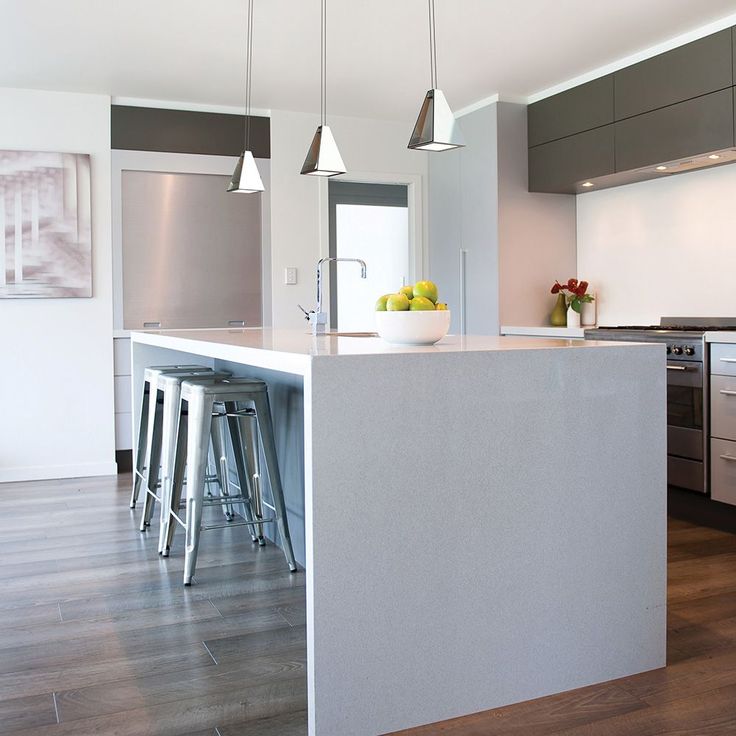
Basic rules
- It is important to separate work areas - for cooking and washing dishes - from the dining area. Each functional area of the kitchen is illuminated separately. Places where food is being prepared should receive more light.
- It is important to place the lamps so that shadows do not fall on work surfaces and the light does not hit the eyes or dazzle.
- Natural lighting must also be taken into account. If the kitchen itself is light, fewer lamps will be needed.
- For lighting a small kitchen, it is better to choose fixtures in the same style.
- The color of the walls and kitchen units is of great importance - the lighter, the more light they reflect. Darker tones will require increased lighting.
- It is not the floor that needs to be illuminated, but the work surfaces, so a single lamp in the center of the kitchen is not the best option. With a high probability, the cooking zone will remain insufficiently lit.
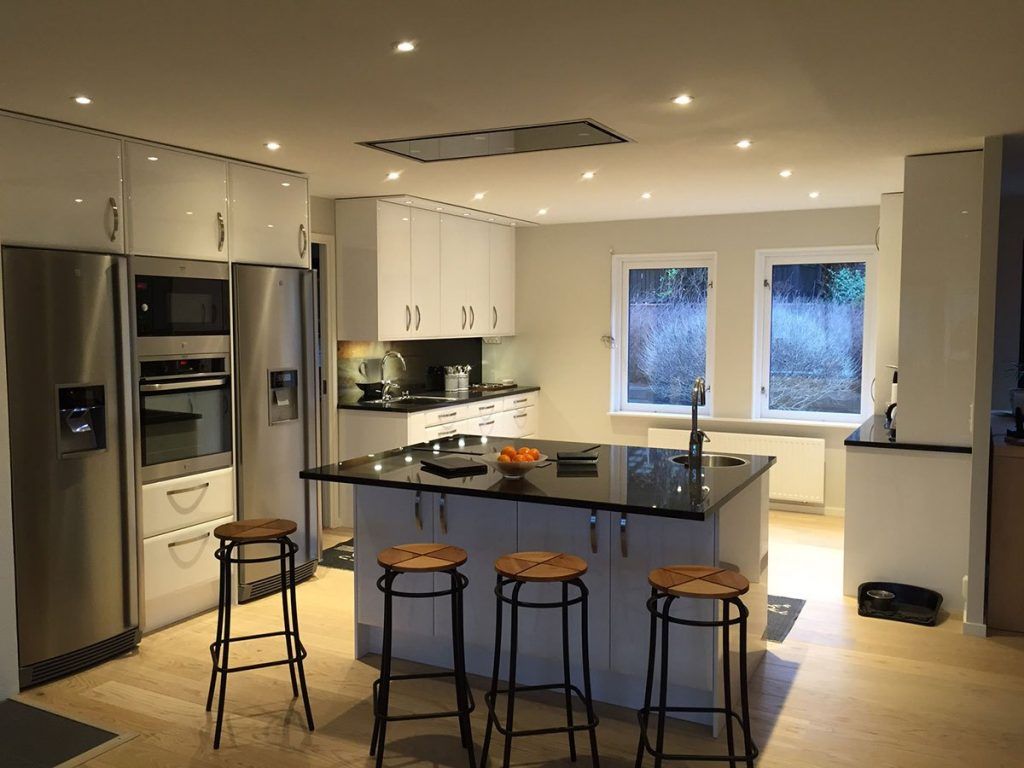 It is better to dwell on multi-level lighting, which will allow you to harmoniously separate the zones.
It is better to dwell on multi-level lighting, which will allow you to harmoniously separate the zones. - Cabinets are a necessary part of the kitchen interior, but they create additional shadows. This can easily be fixed by installing additional lamps nearby.
- And the last. The illumination rate for the kitchen, according to SNiP, is 150 lux per 1 sq. m. This is the minimum value, it is not recommended to make it darker, and lighter - at the discretion of the owner. You can measure the level of illumination with a special device - a luxmeter. There are alternative options, described in detail on the network, for example, using a camera and a sheet of white paper.
Work area lighting
For the most even and voluminous illumination of the work area, it is better to use several lamps. If wall cabinets are located above surfaces, fixtures can be placed under them so that the rays fall directly on the surface. You can use overhead spotlights to move them for a specific task.
Photo: Max Vakhtbovych/Pexels
If the cabinets are too high, then the backlight can be placed directly on the backsplash.
Dining area lighting
The dining area will look cozier with soft light. When designing a dining area, it is better to use natural light as much as possible. To do this, the table can be placed closer to the windows. If the layout does not allow this, sconces will come to the rescue.
Photo: Max Vakhtbovych/Pexels
If the dining table is placed in the center of the kitchen, ceiling chandeliers can be used. The halo of light from the lamp should cover the entire area. Multiple lamps can be used if necessary. An ideal option, especially for a small kitchen, is when their height can be adjusted.
Decorative lighting
This type of lighting is mainly used to decorate the kitchen, but it can also be used to enhance the "bulb" functionality. Decorative lighting of cabinets not only looks spectacular, but also helps to quickly find the right item on the shelves.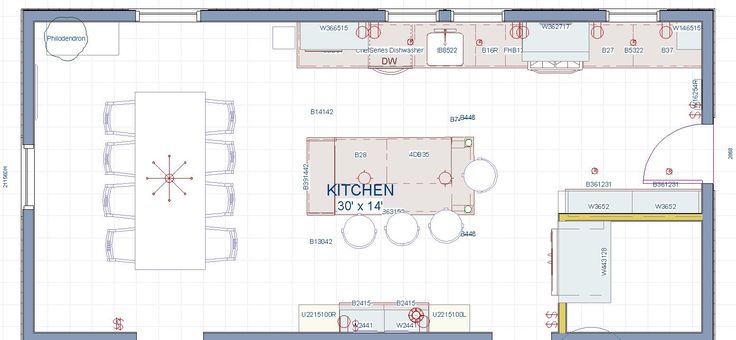 And the lighting of the kitchen set on the bottom visually increases the space. This solution is perfect for small kitchens. In addition, the effect of weightlessness of the cabinets is created - they seem to float freely in space.
And the lighting of the kitchen set on the bottom visually increases the space. This solution is perfect for small kitchens. In addition, the effect of weightlessness of the cabinets is created - they seem to float freely in space.
Photo: Max Vakhtbovych/Pexels
LED strip under the ceiling can also create the effect of increasing the volume of the room, making it visually higher.
10 Ways to Visually Raise the Ceiling
Features of Lighting a Small Kitchen
It is easier to illuminate a small space, but even here one lamp is not enough. In small kitchens, general rules apply - the separation of zones, the use of several light sources. But there is a size adjustment.
Photo: Shutterstock
The best option is a few spotlights or rotating spots, this will allow you to adjust the direction of the rays, illuminating a particular surface as needed. They can be placed in the corners of the kitchen - this method will visually expand the room.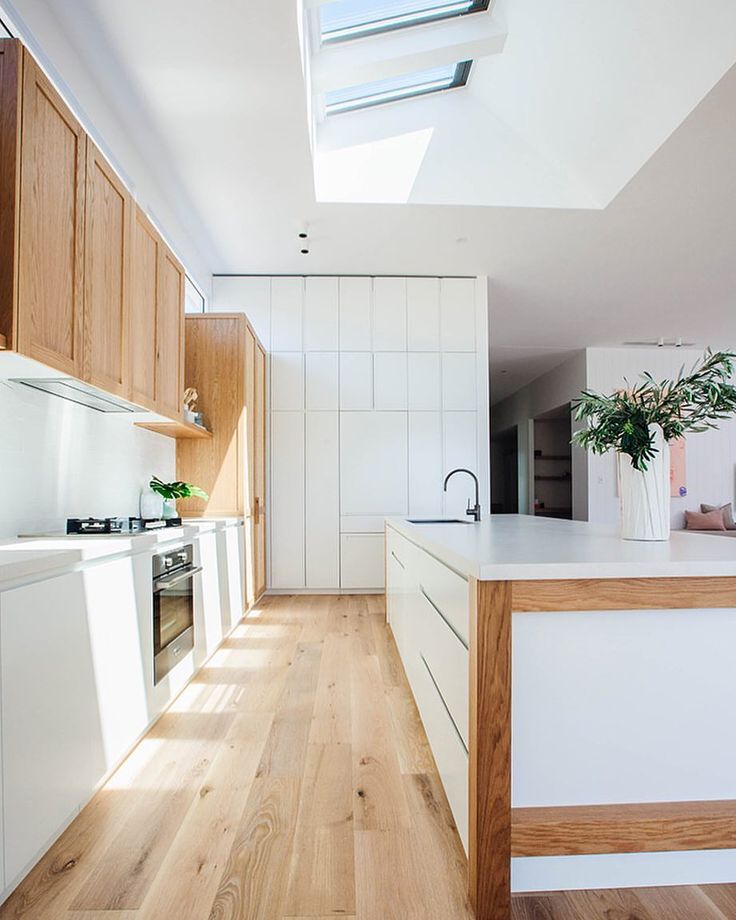
A compact chandelier located in the center, as close as possible to the ceiling and with light directed upwards, will look harmonious. It will look especially advantageous with a glossy ceiling surface.
In a small kitchen, the general light can be at the same time lighting the dining area - a large number of lamps will only clutter up an already small space. But for the working and dining areas, it is worth considering your own, local sources of additional light.
Photo: Nick Karvounis/Unsplash
About the choice of lamps
The choice of lamps must be approached very carefully. Since the work process is going on in the kitchen, special requirements are put forward for lamps - moisture resistance, the ability to withstand high temperatures and exposure to steam. It is best to choose lamps that are as easy to use as possible. Do not forget that in cooking places, lamps will get dirty faster - it’s good if they can be quickly cleaned without much difficulty.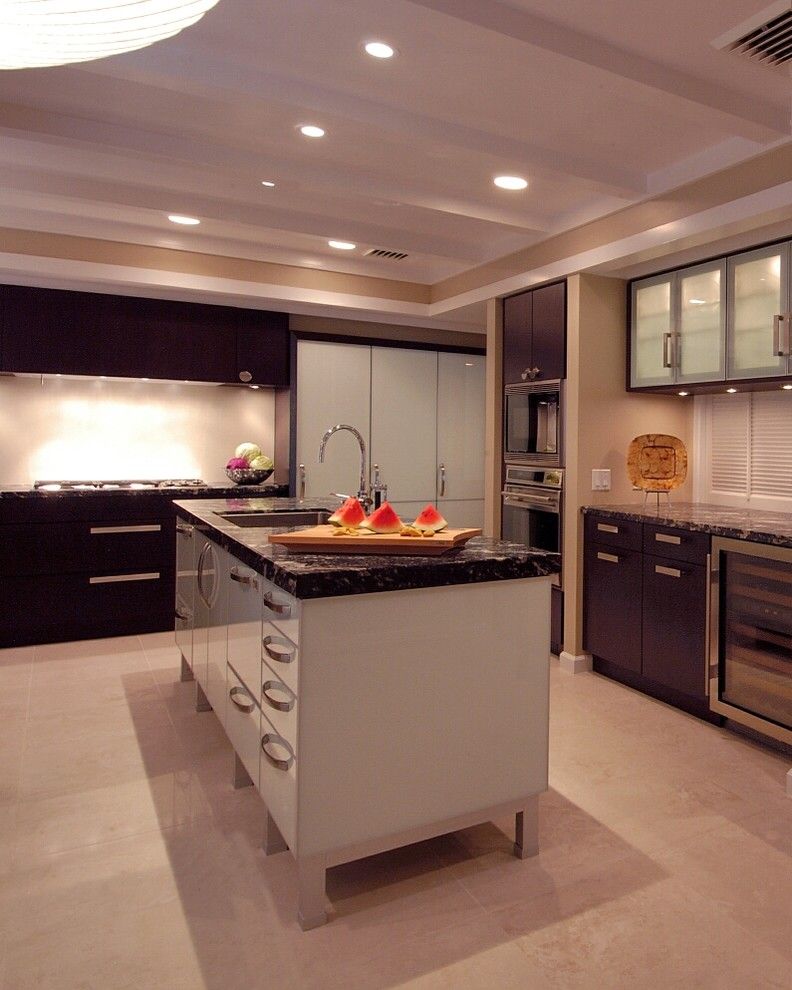
Expert's comment
Ekaterina Lyubarskaya, partner of the DVEKATI architectural studio:
— For the kitchen, you should choose several lighting scenarios so that you can turn on certain groups of lights. Scenarios must match the lessons. The kitchen is not only a functional place for preparing food, but also, as a rule, the heart of the house, where the whole family gathers together. Holidays are celebrated there, guests are gathered there.
It's great if the kitchen area allows you to create a separate dining group with a large table. Then a light source can be placed above the table: even a fairly low lamp will become the center of the semantic space and will not interfere with anyone. It is better that such a lamp has a warm light, this will create an even more cozy atmosphere during family evenings. From ancient times, people gathered around a fire, a hearth, a fireplace - a source of heat and light.
In a large kitchen, you can provide a place to relax, for example, a comfortable armchair, next to which you can place a floor lamp.